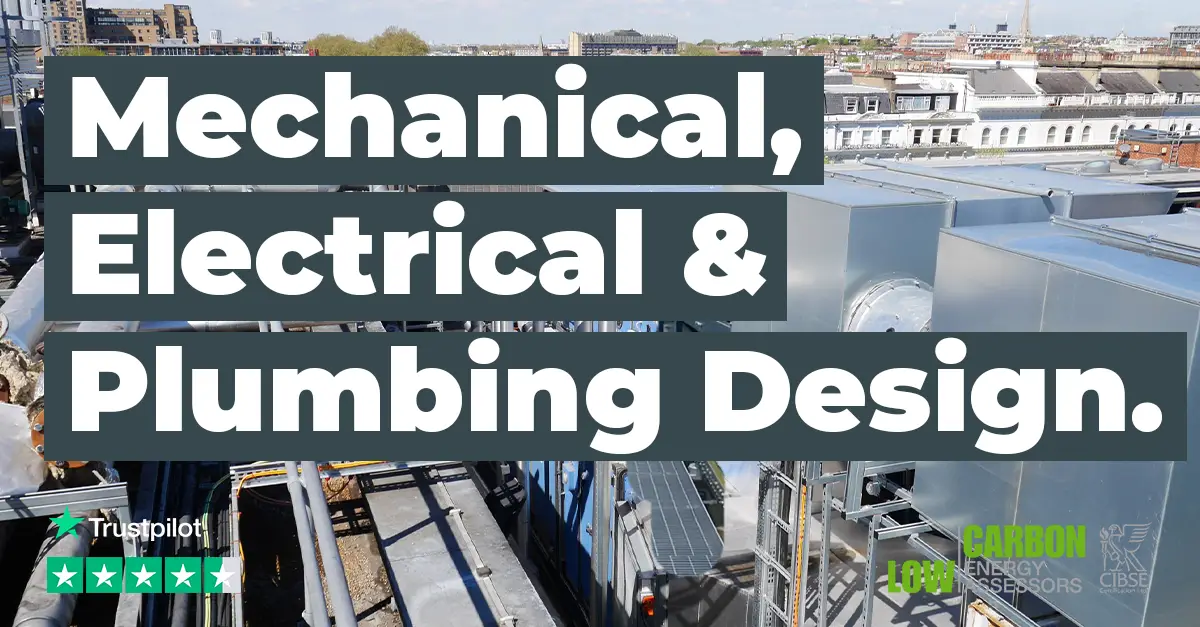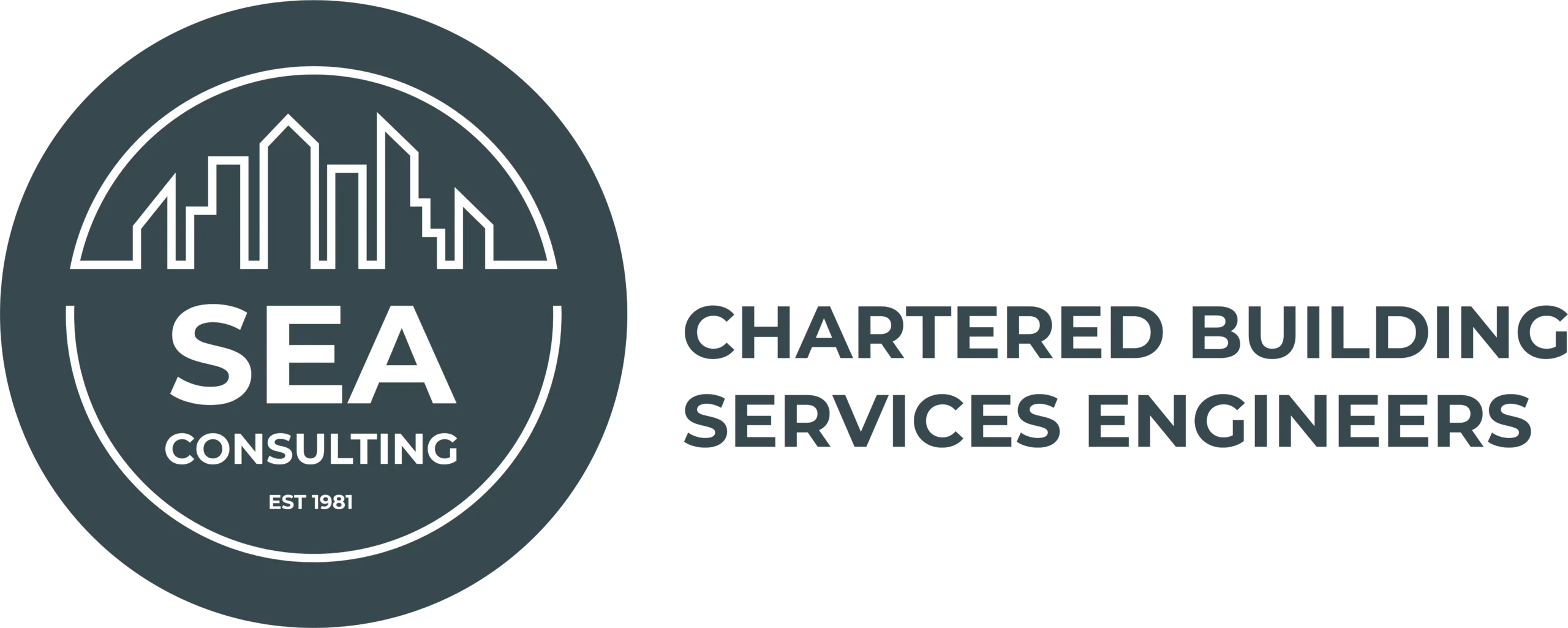In the construction and building services industry, the terms M&E (Mechanical and Electrical) and MEP (Mechanical, Electrical, and Plumbing) are often used interchangeably. However, understanding the nuances between them is crucial for project planning and execution. Here are the definition of M&E and MEP Design:
-
M&E (Mechanical and Electrical): Focuses primarily on the mechanical and electrical aspects of building design and construction. This includes systems such as heating, ventilation, air conditioning (HVAC), and electrical installations.
-
MEP (Mechanical, Electrical, and Plumbing): Encompasses all elements of M&E, with the addition of plumbing systems. This broader scope addresses water supply, drainage, and often fire protection systems, providing a more integrated approach to building services.

Key Differences Between MEP and M&E Design
Scope of Work:
- M&E: Concentrates on mechanical and electrical components.
- MEP: Includes mechanical, electrical, and plumbing systems, offering a holistic view of building services.
Complexity and Integration:
- M&E: Deals with two primary systems, which may lead to segmented planning.
- MEP: Integrates three critical systems, promoting coordinated design and installation.
Skill Sets Required:
- M&E: Requires expertise in mechanical and electrical engineering.
- MEP: Demands proficiency in mechanical, electrical, and plumbing disciplines, ensuring comprehensive system understanding.
Why MEP Designers Offer More
-
Holistic Understanding of Building Systems: MEP designers possess a broad knowledge base, allowing them to create integrated solutions that enhance building performance.
-
Enhanced Coordination and Efficiency: By managing mechanical, electrical, and plumbing systems collectively, MEP designers can identify and resolve potential conflicts early, streamlining the construction process.
-
Ability to Address a Wider Range of Challenges: The inclusion of plumbing systems enables MEP designers to tackle issues related to water supply, drainage, and fire protection, which are vital for occupant safety and comfort.

While M&E design focuses on mechanical and electrical systems, MEP design extends to include plumbing, offering a more comprehensive approach to building services. This integration ensures better coordination, efficiency, and the ability to address a broader spectrum of challenges, making MEP designers a valuable asset in modern construction projects.

